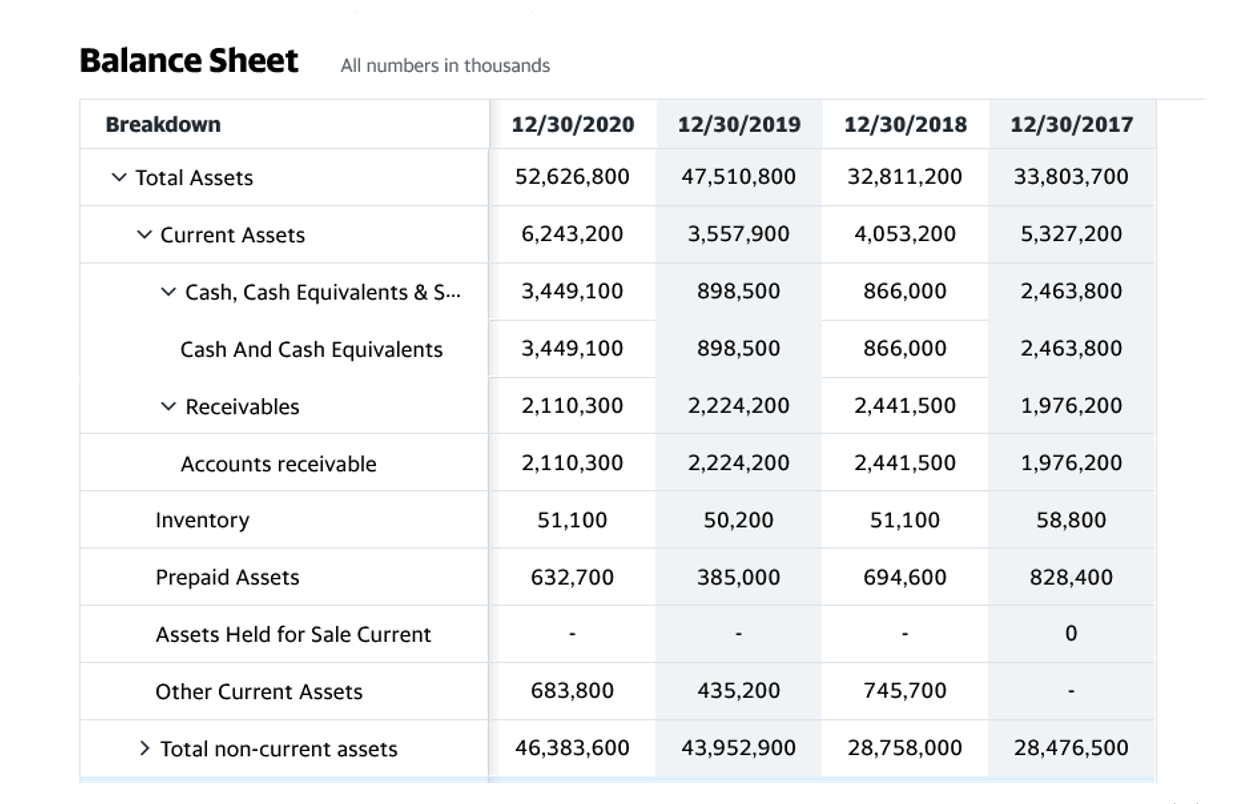
High debt levels can also mean that a company is aggressively investing in growth opportunities. However, a higher equity multiplier also carries a greater financial risk, especially if the company fails to generate enough return on its investments. Like all liquidity ratios and financial leverage ratios, the equity multiplier is an indication of company risk to creditors. Companies that rely too heavily on debt financing will have high debt service costs and will have to raise more cash flows in order to pay for their operations and obligations.
- The platform works exceptionally well for small businesses that are just getting started and have to figure out many things.
- It basically tells them that the company has more of its own money deployed in acquiring assets, rather than taking out loans to do so.
- The higher the asset to equity ratio, the more a company is leveraged through debt.
- Higher financial leverage drives ROE upward, all other factors remaining equal.
- A lower equity multiplier indicates a company has lower financial leverage.
- The equity multiplier formula is calculated by dividing total assets by total stockholder’s equity.
It’s evident that ABC Company is the least appealing of the two companies. Equity multiplier can also compare the financial leverage of different companies. Businesses with a higher equity multiplier generally are more leveraged. Additionally, a low equity multiplier is not always a positive indicator for a company. In some cases, it could mean the company is unable to find lenders willing to loan it money. A low equity multiplier could also indicate that a company’s growth prospects are low because its financial leverage is low.
Leverage Multiplier Takeaways
If the investments don’t pan out, the losses are also amplified, making the investment riskier. The equity multiplier is a financial ratio used during the process of fundamental analysis to measure how much of a company’s assets are financed by stockholders’ equity. In simpler terms, it gives you a quick snapshot of a company’s debt situation compared to its equity. For starters, this metric is a key indicator of the company’s financial leverage, or its reliance on debt versus equity to fund its assets.

A higher ratio indicates more debt financing, which comes with higher financial risk but the potential for higher returns. Comparing a company’s equity multiplier to industry standards can provide context. Equity multiplier is a financial ratio that measures the equity multiplier is equal to the extent to which a company is financed by debt or equity. This means it has borrowed a great deal of money to finance its operations. Low equity multiplier, on the other hand, indicates that a company is less leveraged and has more equity financing.
What Is Equity Multiplier
A company with a higher equity multiplier is usually considered to be more leveraged than a company with a lower equity multiplier. There can be times when a high equity multiplier reflects a company’s strategy that makes it more profitable and allows it to purchase assets at a lower cost. The lower the asset over equity ratio, the more a company is financed through the issuance of equity and thus relies less on debt. It is essential to analyze and compute various ratios and tools to see a company’s financial health and nature truly. Ratios like an equity multiple are snapshots into a much larger corporate image. Equity multiples and other financial ratios are great tools to take a quick look into a company.
Essentially, this ratio is a risk indicator used by investors to determine a company’s position when it comes to leverage. As a key performance indicator of the financial leverage of a company, the equity multiplier ratio holds immense importance in guiding investors with their decisions. This number helps understand the portion of a company’s ventures funded through debt and shareholders’ equity. Consider the equity multiplier ratio to be just an indicator of the soundness of the financial base of a company. A “good” equity multiplier ratio varies by industry and risk tolerance. Generally, a lower equity multiplier (closer to 1) implies less financial risk but potentially lower returns.
Premium Investing Services
Understanding what this number represents can provide invaluable insights into a company’s financial health and strategies. On the other hand, Apple is more susceptible to changing economic conditions or evolving industry standards than utilities or large traditional telecommunications firms. Differences in business models mean that higher financial leverage does not necessarily indicate superior financial health. Though the EM ratio is a snapshot of a company, lower ratios indicate a reduced reliance on debt to finance its assets.
- If assets increase while liabilities decrease, the equity multiplier becomes smaller.
- The equity multiplier is a useful tool for investors to monitor risk and understand how a company generates returns for investors.
- The company’s proportion of equity is low, and therefore, depends mainly on debt to finance its operations.
- Equity multiplier can compare the financial leverage of different companies.
- The equity multiplier is a financial ratio that measures the debt-to-equity ratio of a company.
In the final step, we will input these figures into our formula from earlier, which divides the average total assets by the total shareholder’s equity. On the other hand, a low equity multiplier ratio doesn’t necessarily negate the risk factor of investing in a company. Sometimes, creditors turn down loan requests of struggling companies who do not have enough equity to fund their operations. This does keep their equity multiplier ratio low, however, they may be struggling to find lenders. The numbers used in the calculation of the equity multiplier ratio are highlighted in the balance sheet shown. The equity multiplier ratio formula is the assets divided by the equity of the business.

